The history behind the antiques trade
Antiques are relics of the past, objects that have survived the relentless march of time, serving as windows into eras we can only imagine. They are more than just old objects; they are pieces of history, silent narrators of our ancestors’ lives. Each carved piece of furniture, each worn coin, each piece of painted pottery, reveals something of the societies that created and valued them.
But why do we feel the need to surround ourselves with these antique pieces?
Collecting antiques is a tribute to human curiosity, a desire to connect with our roots and understand our place in the sequence of history. Through them, we not only admire the beauty and craftsmanship of the past, but also understand the customs, economics and social movements that have shaped the world we live in today.
Origins of the interest in antiques
Our fascination with the ancient is not a modern phenomenon. Already in ancient Mesopotamia and Egypt, nobles adorned their homes with objects from even older civilizations, and the Romans collected and revered Greek art, considering it a peak of cultural refinement. This appreciation of the ancient was often wrapped in an aura of respect for ancestors and a search for legitimacy and historical continuity. With the dawn of the Renaissance, Europe fervently rediscovered the arts and literature of classical Greece and Rome. Renaissance humanism put the human being and the achievements of his intellect and creativity back at the center, turning the objects of those glorious times into true treasures. Scholars and the powerful competed to acquire and display the most exquisite antiquities, which became a sign of prestige and erudition.
The history of antiquities is, in many ways, the history of ourselves – a mirror of our evolution and our changing values. To follow the trail of antiques is to take a journey through time, one that teaches us not only where we come from, but also who we are.
The fascination with classical antiquities not only stimulated art and design inspired by the past, but also led to the establishment of a new discipline: archaeology. This science would be born from the need to better understand the contexts and origins of these relics of the past, transforming the interest in the ancient into an academic and systematic search.
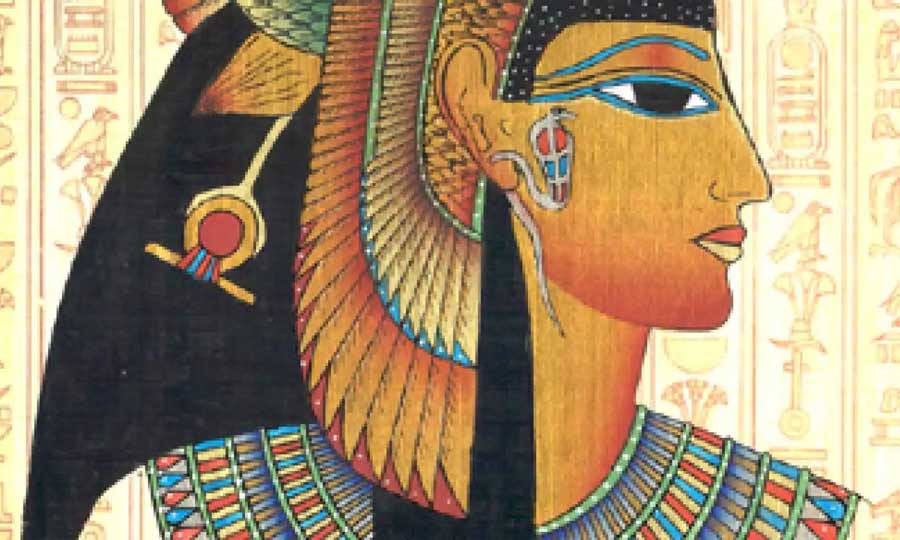
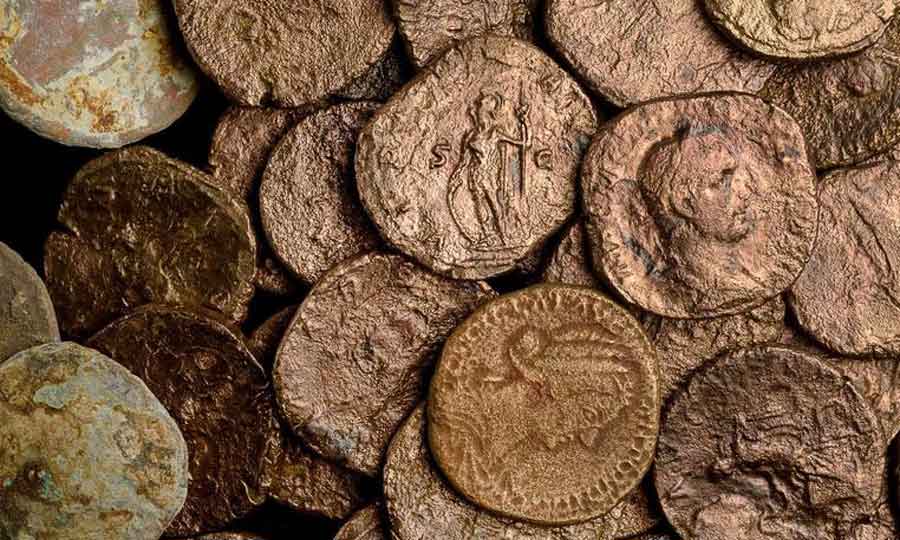
The golden age of antiquities
During the 18th and 19th centuries, Europe experienced a period of intense fascination with antiquities, stimulated by archaeological discoveries and the rise of the Enlightenment, which made culture and knowledge of the classical past fashionable. In this environment, antique collecting flourished, an activity that until then had been the domain of the aristocracy and the church. Antique dealers emerged, professionals specialized in the trade of antique objects, who acted as advisors to collectors and as intermediaries in the sale of pieces.
The opening of the first public museums was another significant milestone of this era. The Louvre Museum in Paris, which opened during the French Revolution, and the British Museum in London, founded in the mid-18th century, established themselves as custodians of cultural heritage and pioneered the idea of sharing knowledge of the past with the general public. These places not only served for the exhibition of antiquities but also encouraged the study and appreciation of the civilizations that created them.
Antiques across cultures
The variety of objects that are considered antiques is vast and varied. From furniture that tells the story of fashion and domestic functionality to coins that reveal details about the economies and leaders of other eras. Art, of course, with its paintings, sculptures and artifacts, opens a window into the aesthetics of other cultures, while ancient books and manuscripts carry the wisdom and imagination of centuries past.
The provenance and authenticity of these pieces is essential. For example, Marie Antoinette ‘s writing desk or Leonardo da Vinci ‘s manuscripts are invaluable not only for their antiquity but also for their documented history and connection to historical figures. Certified authenticity raises the value of an object not only in monetary terms but also in cultural and historical terms.
Antiquities in the Modern Era
Antiques are not just relics of the past; they are a living element that continues to evolve with us, adapting to new contexts and technologies. They continue to fascinate us with their stories and beauty, reminding us of where we come from and bringing depth and diversity to our modern experience.
In the modern era, antiques continue to influence interior design. Many people look for antique pieces to add a sense of history and character to their homes, offices and living spaces. It is not uncommon to see an 18th century chair harmoniously coexisting with a contemporary design scheme or an antique clock standing out in a minimalist environment.
In addition, technology has revolutionized the world of antiques. Online auctions have expanded the market, allowing collectors from around the world to acquire pieces that were previously out of reach. Specialized websites and social media platforms have created communities where enthusiasts can share knowledge and discoveries. Likewise, the digitization of catalogs and archives has facilitated the investigation of the provenance and authenticity of the pieces, although it has also introduced challenges such as the proliferation of sophisticated forgeries.
Conservation and restoration
Preserving cultural heritage is a commitment to the collective memory of humanity. Each antique object that survives the passage of time is a testament to the skills, values and aesthetics of its creators. Restorers play a crucial role in this process; they are the doctors of history, dedicated to prolonging the life of the pieces without altering their essence. With a combination of art, science and a dash of archaeology, these experts reverse the damage of time and neglect, allowing antiquities to continue to tell their stories to future generations.
The antiques market today
The value of an antique is determined by its rarity, its history, its condition and its market demand, but also by its authenticity. In the current era, the antiquities market faces significant challenges, such as the proliferation of increasingly sophisticated forgeries and theillicit trafficking of cultural property. These issues underscore the need for stricter regulations and strengthened international cooperation to protect cultural heritage and ensure a fair and legal market.
The antiquities are more than mere objects of the past; they are the physical embodiment of our shared history, a bridge between generations and cultures. In a world where the new is often privileged over the old, antiques remind us of the roots of our collective identity and the complexity of our evolution. They invite us to reflect on the past and appreciate the beauty and craftsmanship that has survived through the centuries. As we look at them through the lens of modern technology and changing social norms, their relevance endures, not only as artifacts of bygone eras but as essential pieces in humanity’s ongoing narrative. In this sense, each antique we preserve or collect is a note in the symphony of our common history, resonating with the voices of those who came before us and enriching the melody we will leave for the future.
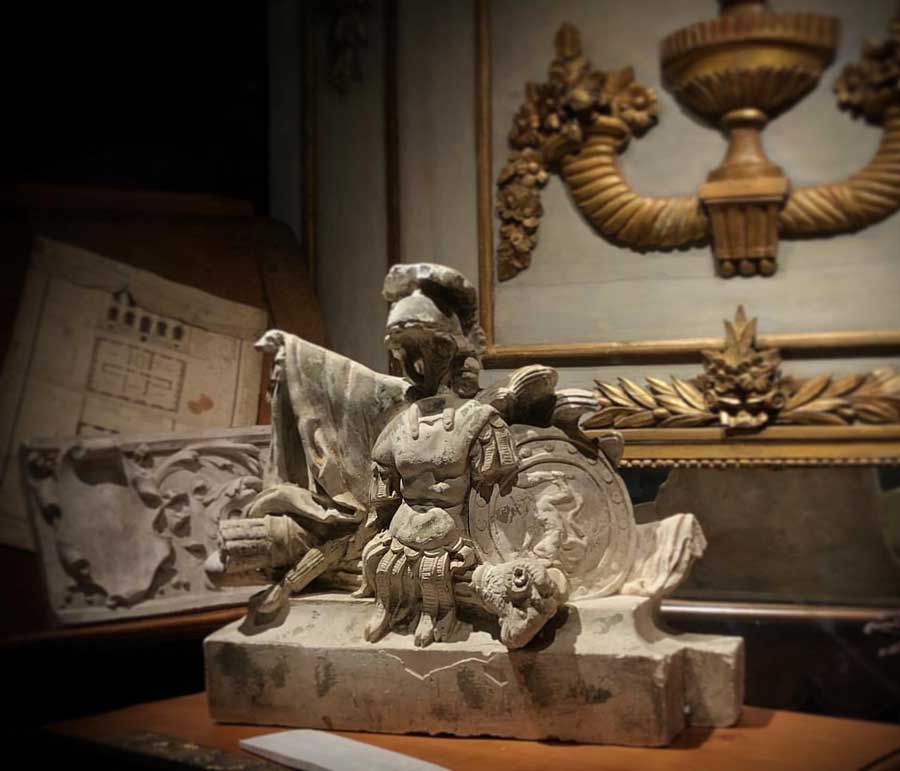
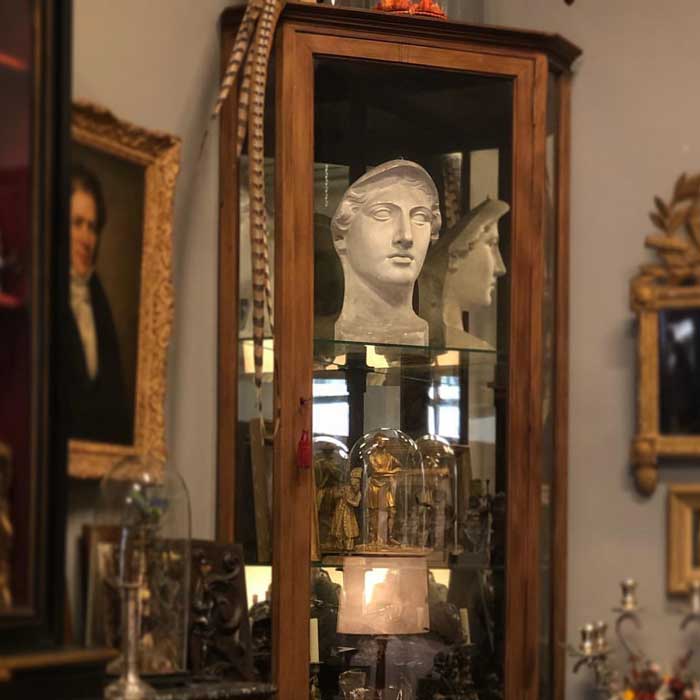
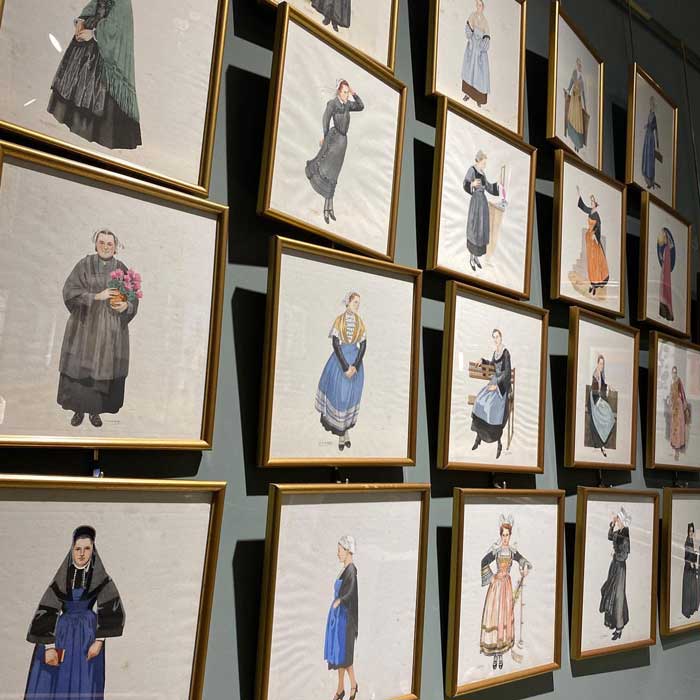

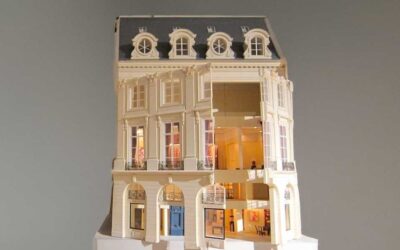
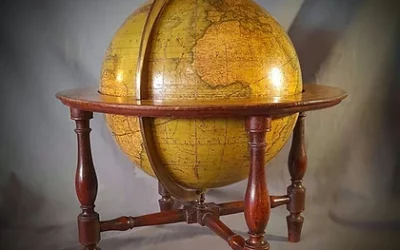
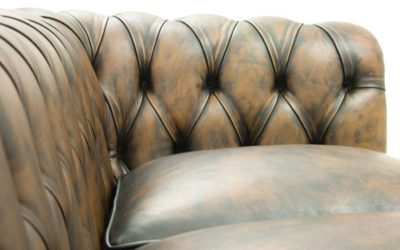
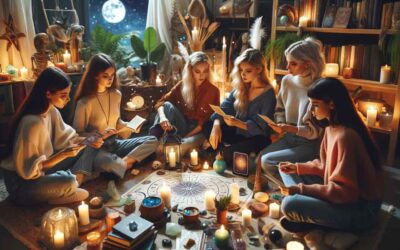
0 Comments